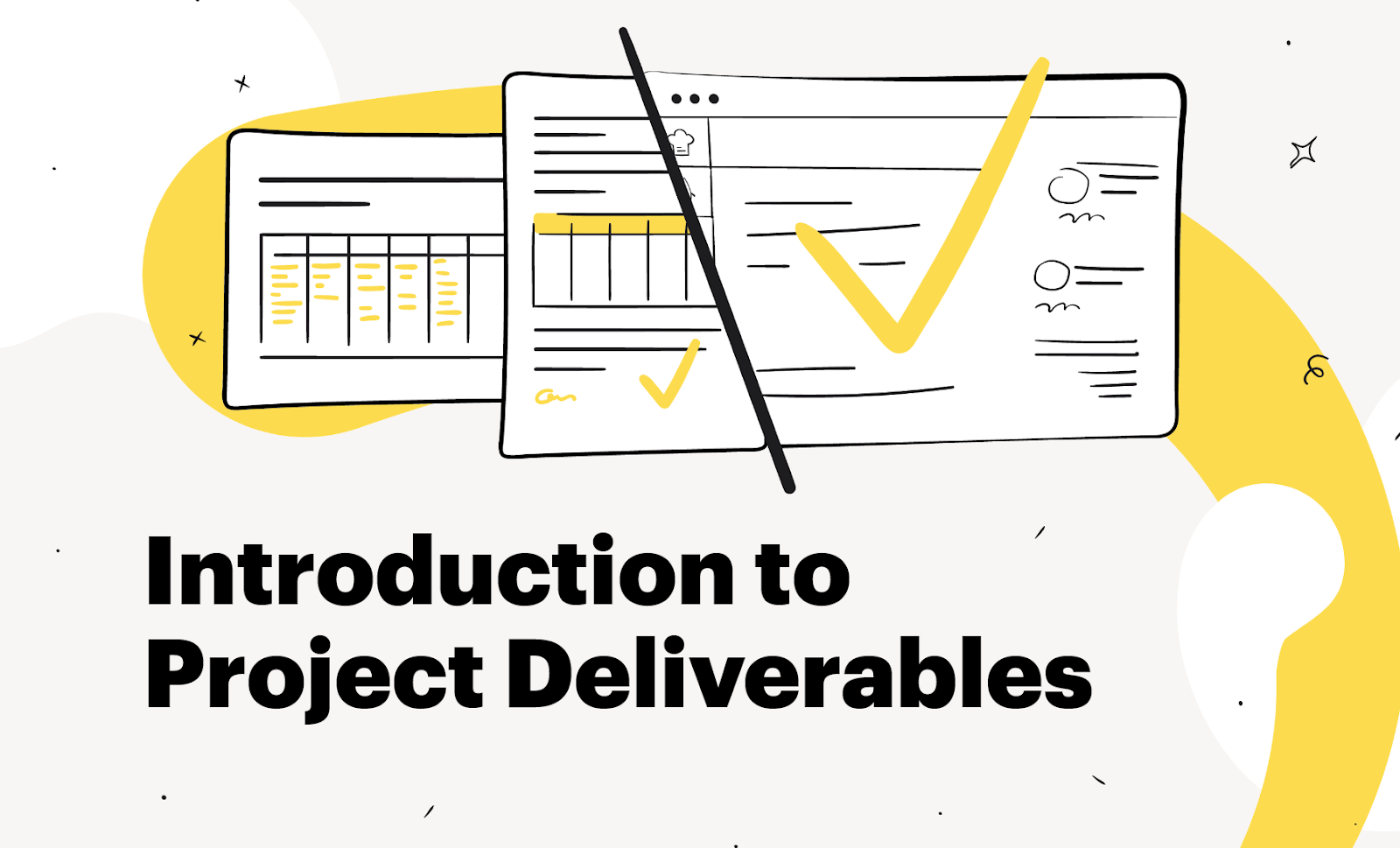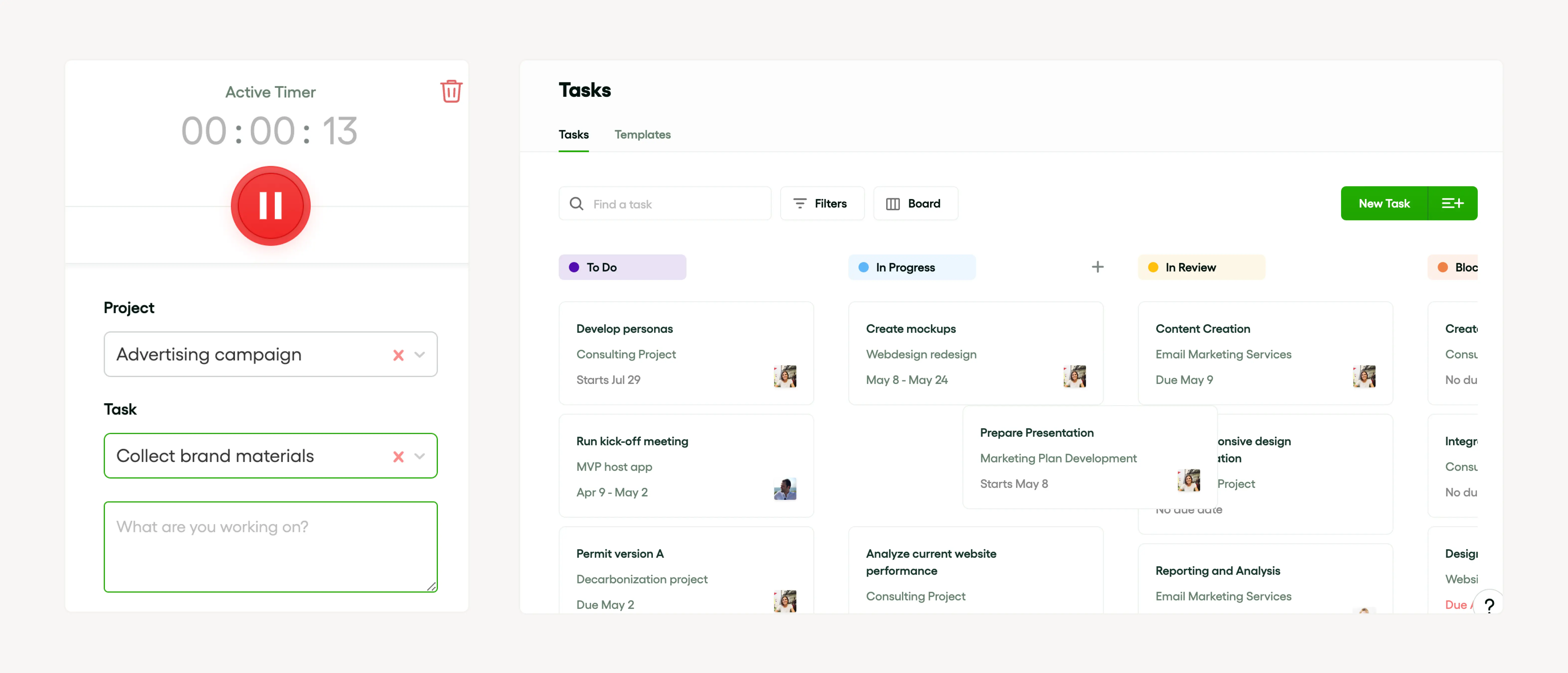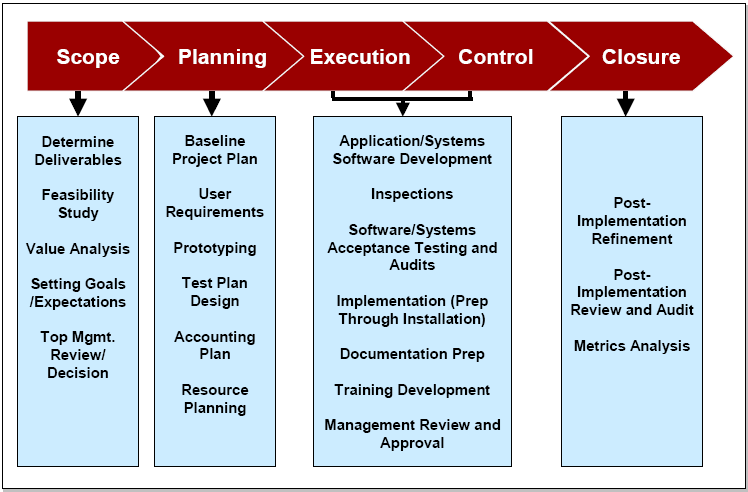Project deliverables examples are essential components in project management, representing the tangible and measurable outcomes produced at each phase. They guide the project timeline, define scope, and ensure smooth execution. Internal deliverables remain within the organization, while external deliverables are provided to clients or stakeholders. Examples include project documents, reports, and milestones. Efficient management of deliverables keeps tasks on track and facilitates monitoring. To optimize project success, clearly define objectives, set realistic deadlines, and use project management tools. Understanding and managing deliverables can significantly enhance project outcomes and stakeholder satisfaction.
Introduction to deliverables

Project management means careful planning, execution, and monitoring. The heart of this process is managing deliverables. These deliverables, split into internal and external, shape the project timeline and milestones.
The project charter is vital. It guides scope, sets expectations, and ensures successful deliveries. Reports and documents act as information repositories, aiding effective management.
Definition of deliverables
Deliverables in project management are the tangible or intangible goods or services resulting from a project. Identified during the planning phase, these include reports, documents, internal, and external deliverables.
Deliverables vary by scope and fall into two types: management and product deliverables. Product deliverables are the execution results. Management deliverables include charters and timelines, essential for control.
Successfully completed tasks often mark project milestones, leading to overall deliverables. Tracking deliverables is key to execution.
The importance of deliverables in business and project management
Project deliverables are vital in business and management. They show task completion and form the backbone of planning, offering a clear progress view. Deliverables act as a roadmap, ensuring focus on goals.
Deliverables can be internal or external, varying by scope. They provide reliable milestones, outlined in the charter, and are documented, evaluated, and communicated through reports and documents.
Using Bonsai for efficient task management
Bonsai is a powerful task management tool designed to help professional service providers, businesses, and teams streamline their workflows and boost productivity. With its intuitive interface and robust features, Bonsai makes it easy to manage tasks, projects, and deadlines efficiently.
Some of the standout features of Bonsai are:
- Its Kanban and list views, which allow users to visualize their tasks and projects in a way that suits their working style.
- The integrated timers help track the time spent on each task, ensuring accurate billing and time management.
- Bonsai's collaboration tools enable team members to communicate and work together seamlessly, reducing the chances of miscommunication and missed deadlines.

Bonsai offers a variety of integrations to improve your task management experience. Some of the key integrations include:
- Google Drive and Dropbox for file storage and sharing.
- Google Calendar for scheduling and time management.
- Gmail for email integration.
- Typeform for form creation and data collection.
These integrations are aimed at streamlining your workflow and increasing productivity.

Bonsai simplifies the process of monitoring your budget and profitability, helping you maintain control over your project's financial well-being.
Through thorough financial tracking:
- You can keep an eye on expenses
- Establish budgets, and
- Assess profitability instantly.

When collaborating with multiple individuals on a project, Bonsai permits you to include partners, facilitating smooth task coordination and time monitoring. This collaborative function guarantees that everyone remains on the same page, deadlines are adhered to, and productivity is optimized. By incorporating these tools, Bonsai assists you in efficiently managing your projects and attaining successful results.
Types of deliverables
Deliverables are grouped into two categories: internal and external. Internal deliverables are interim outputs for task completion, essential for timeline alignment and milestones.
External deliverables are outcomes for stakeholders. These include physical outputs like documents and reports, or intangible results like fulfilling the charter and scope. Both types are vital for success.
Internal deliverables
Efficient planning and execution aim to meet deliverables on time. Internal deliverables are interim outputs necessary for task completion and outcomes.
Common internal deliverables include reports, documents, and specific milestones. They are critical for timeline monitoring and phase alignment with the charter. Clearly defined by the scope, they set team expectations, foster communication, and contribute to success.
External deliverables
The project conclusion involves several external deliverables, including deliverables, reports, and documents handed to clients and stakeholders, marking outcomes.
Deliverables cover goods or services produced. Reports offer comprehensive project analysis, encapsulating tasks, timeline, and scope. Documents harbor planning details like charter, phase, and milestones.
External deliverables validate successful project completion.
Interim deliverables
Interim deliverables are crucial in all phases: from planning to execution. Whether internal like documents or external linked to outcomes, they serve as landmarks and milestones, indicating significant task completion.
They help define scope in the charter and aid in creating comprehensive reports. Managing these ensures smooth project completion.
Final deliverables
The end of a successful process involves presenting deliverables. These include internal deliverables like reports and documents for progress assessment and external deliverables, the final project outcome.
Throughout planning and execution, tasks are prioritized and monitored according to the timeline. Milestones mark significant achievements, ultimately fulfilling the scope outlined in the charter.
Examples of deliverables in different industries
In marketing, project deliverables can involve elements like final project reports, marketing strategies, and promotional campaign layouts. Meanwhile, within the construction industry, project tasks may include blueprints, constructed buildings, and project execution completion reports. Similarly, the IT industry has its unique set of deliverables, which include software programs, applications, databases, project documents, or system upgrades.
Additionally, certain project outcomes could be considered as either an internal deliverable or an external deliverable depending on your industry’s project scope. For example, in the IT and construction sectors, an internal deliverable could be a project charter or project planning document, while an external deliverable could be the completed software program or constructed building.
Deliverables in the construction industry
In the construction industry, project deliverables are the tangible or intangible goods or services produced as a result of a project. These are integral to project management and include both internal deliverables like project documents or reports and external deliverables like a completed building or infrastructure. The project deliverables are defined in the project charter and are a part of the project scope.
The project tasks play an important role in shaping these deliverables. Each project phase has its own set of tasks and achieving them marks a project milestone. The sequence and deadlines for these tasks are outlined in the project timeline which assists in project execution and planning.
Deliverables in the IT industry
In the IT industry, a range of deliverables are typically expected in project management. These include project reports, documenting the progress, challenges, and outcomes of project tasks on a consistent basis. Integral to project planning is the project charter, providing the framework and defining the project scope. The process often culminates in the provision of both internal deliverables, for the benefit of the company, and external deliverables, specified according to client requirements.
Throughout the project timeline, certain benchmarks or project milestones must be met as the project phase transitions from inception through to project execution. These key deliverables, along with the associated project documents and outcomes, encompass essential elements for successful project management in IT.
Deliverables in the marketing industry
The field of marketing has numerous project deliverables that are part and parcel of project planning and project execution phases.
These include project documents detailing the project scope, the project charter which outlines the intent and objectives of the project, and project reports documenting the progress and outcomes of particular tasks or phases.
- The marketing industry works with both internal deliverables, those intended for team members and stakeholders within the organization, and external deliverables, which are materials or outcomes directed towards clients or the public.
- A concrete project timeline is important in the project management process to ensure all tasks reach their respective project milestones on time.
How to define and manage deliverables
Project management involves defining and managing project deliverables to achieve the desired project outcomes. It begins by identifying the project tasks in the project planning phase. The project charter is used to detail the project scope, which lays out the expected internal deliverables and external deliverables.
Project deliverables are then tracked and managed through the project execution phase. Project reports and project documents are useful for monitoring the progress. Each significant achievement or project milestone should align with the project timeline to ensure that the project is on track. This process helps in the successful conclusion of a project.
Steps to define deliverables
Defining project deliverables begins in the project planning phase with the creation of a project charter, outlining project tasks and expected outcomes. It’s a critical element of project management, ensuring alignment with the project scope and setting the project timeline.
During the project execution phase, these deliverables are created and tracked against milestones. This can include both internal deliverables for team members and external deliverables for stakeholders.
Finally, project reports and project documents are used to record and measure the success of each deliverable against the overall project milestone, keeping everyone informed and accountable.
Tools for managing deliverables: Bonsai, Microsoft Project and Trello
Bonsai, Microsoft Project, and Trello are essential tools for managing project deliverables.
- Tools like Bonsai offer an integrated platform for planning, scheduling, time tracking, and tracking project tasks, which can streamline project management.
- Bonsai includes tools that help with setting project milestones, defining project scope, and even generating project reports.
- Bonsai is especially helpful in project execution. This lets managers follow project phases closely and respond quickly to changes.

What of Trello and Microsoft Project?
- Trello excels in visualizing work progress in different phases.
- Microsoft Project offers a more comprehensive system for large and complex projects including project timelines and project documents management.

Regardless of which one you pick (we suggest Bonsai) all the tools can be customized to handle both internal deliverables and external deliverables, further enhancing their versatility in project management. Bonsai centralizes client information, proposals, contracts, and communication, fostering stronger relationships.
Common challenges in deliverable management
Deliverable management can be tricky. One big issue is sticking to the timeline. Unexpected hiccups can mess up planning and execution. Explaining tasks clearly, especially in complex projects, is another hurdle. This confusion can affect outcomes.
Keeping the project scope in check is crucial. Scope creep, or unplanned project expansion, is a common problem. When internal and external deliverables aren't clear, things can get even more complicated.

Scope creep
Scope creep is a major challenge in project management. It happens when the project's scope—tasks, outcomes, and deliverables—grows uncontrollably. This expansion usually lacks adjustments in time, cost, or resources. It disrupts timelines and planning. If unmanaged, scope creep can cause delays, cost overruns, and even project failure. Good management means monitoring execution, tracking phases and milestones, and updating reports and documents to prevent scope creep.
Missed deadlines
Missing deadlines can derail a project. Poor planning, inefficient management, or unexpected issues during execution can cause this. Sticking to the timeline ensures tasks get done on schedule and deliverables are achieved without delay. Guidelines in the charter and detailed reports help spot potential delays, allowing proactive measures.
Quality control
Quality control ensures tasks are done to the highest standard. This is crucial in every phase, especially during execution, to meet deliverable standards. Quality reviews evaluate outcomes against the charter and analyze reports and documents. Quality control helps maintain the timeline and ensure deliverables meet the scope. It helps avoid issues and delays, ensuring milestones are achieved excellently and on time.
Best practices for deliverable management

Effective deliverable management is key to success. Plan and define deliverables, aligning each phase with the charter and scope. Organized documents help track tasks and maintain the timeline. Focus on achieving outcomes during planning and execution.
Set milestones to track progress. Clearly distinguish between internal and external deliverables to avoid confusion. Regularly review and update reports to track progress and ensure improvement. Following these practices ensures smooth execution and efficient delivery.
Setting clear expectations
Clear expectations are vital in project management. Define the scope and establish deliverables. Communicate these clearly to all stakeholders so everyone understands their tasks and the desired outcomes. This includes formulating the timeline, outlining phases and milestones. Well-maintained reports and documents aid execution, ensuring deliverables meet quality standards.
Regular progress tracking
Tracking progress regularly is crucial in every phase. Use reports and documents to monitor the timeline and outcomes. This ensures deliverables align with the scope outlined in the charter. Regular tracking enhances planning and execution, helping flag and address issues promptly. Marking each milestone keeps teams and stakeholders informed about progress.
Effective communication
Effective communication is essential in project management. It helps in planning, defining the scope, and aligning tasks. Understanding the charter, managing deliverables, and preparing reports rely on strong communication skills. Communication aids in execution by establishing the timeline, keeping everyone informed about phases, and achieving milestones effectively. Accurate and regular communication improves outcomes, ensuring all stakeholders are on the same page.
Conclusion: The role of deliverables in successful project completion
The importance of deliverables in project completion cannot be overstated. These internal or external outcomes define the scope and serve as measurable markers. They unite tasks to goals and mark milestones to track the timeline. Deliverables provide benchmarks for planning and execution, aiding in the production of documents and reports. From the project charter initiation to phase completion, deliverables are key to successful management.




.webp)

